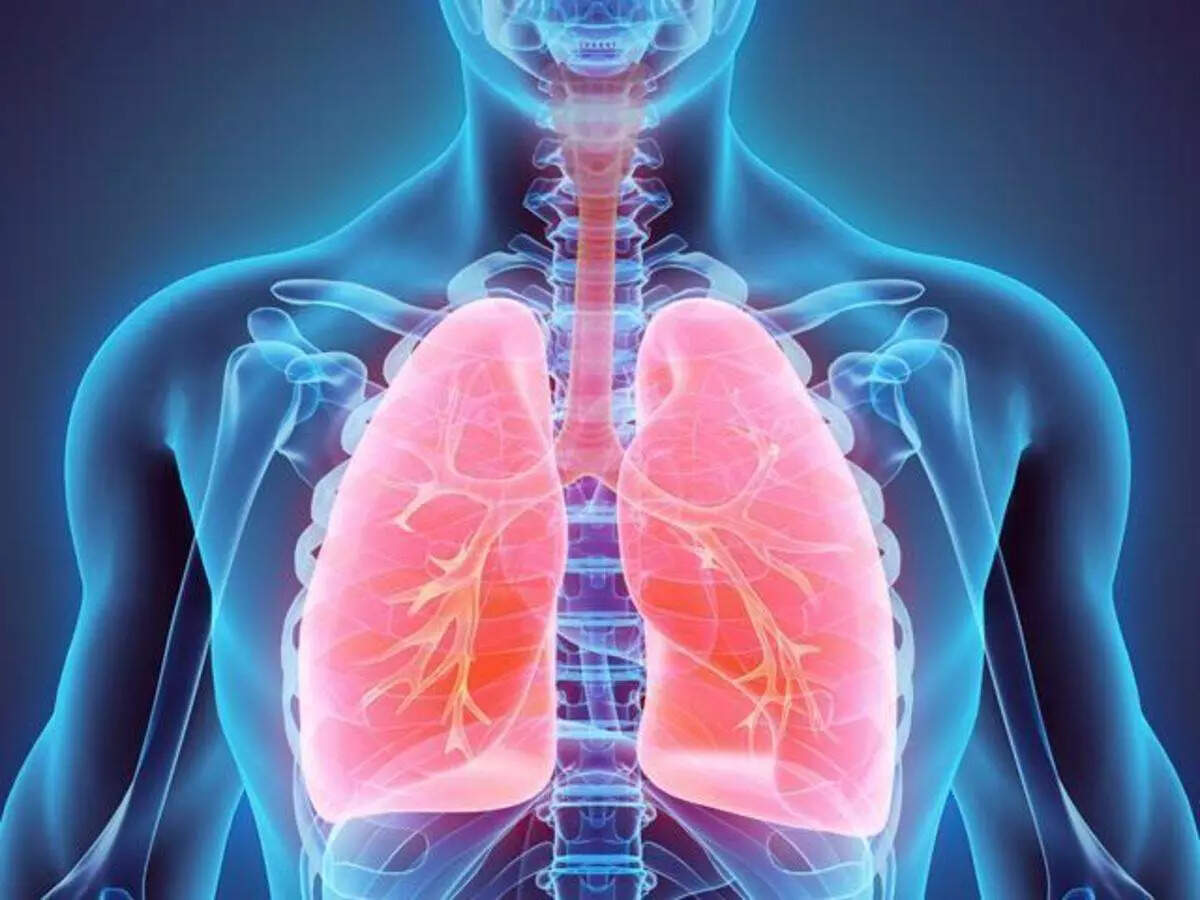- Diagnostics
- 2 min read
Research shows how signals affect mucus production in lungs
By identifying new regulators of goblet cell production, we offer insight into mechanisms that may contribute to these diseases. By targeting these signals we can repress the production and maintenance of goblet cells and therefore may offer therapeutic directions for limiting the expansion of these cells in lung disease: Bob Varelas
According to a study published in the journal 'Cell Reports', researchers have now discovered a new set of signals that control the production of goblet cells in the lung. "By altering the proteins that control these signals we are able to either increase or decrease the production of goblet cells which offers potential new avenues for therapeutically targeting goblet cells in lung disease," explained corresponding author Bob (Xaralabos) Varelas, PhD, associate professor of biochemistry at Boston University School of Medicine.
The researchers used an experimental model carrying a genetic deletion of Yap and Taz, which are genes that encode proteins that control an important signaling network in the lung. They compared the genetic deletion model with a "control" model and found that the Yap/Taz deletion model had severe lung damage and elevated goblet cell number that was associated with increased mucin production.
In order to understand how loss of Yap/Taz led to increased goblet cell numbers, the researchers isolated cells from the experimental model and human lungs and cultured them in the lab. They then used gene expression and chromatin binding analyses to discover how these proteins control a network of genes important for mucus production. Finally, they used these cells in the lab to test inhibitors of goblet cell differentiation and mucus production.
According to the researchers, several lung diseases exhibit an expansion of goblet cells including asthma, COPD, Cystic Fibrosis and chronic bronchitis. "By identifying new regulators of goblet cell production, we offer insight into mechanisms that may contribute to these diseases. By targeting these signals we can repress the production and maintenance of goblet cells and therefore may offer therapeutic directions for limiting the expansion of these cells in lung disease," said Varelas.


Comments
All Comments
By commenting, you agree to the Prohibited Content Policy
PostBy commenting, you agree to the Prohibited Content Policy
PostFind this Comment Offensive?
Choose your reason below and click on the submit button. This will alert our moderators to take actions